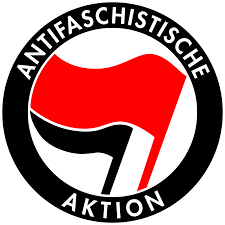Antifa: A Deep Dive Into the Controversial Movement

Introduction to Antifa
The term ‘Antifa’ is derived from ‘anti-fascist’ and denotes a political movement that opposes fascism, racism, and far-right ideologies. Over the last few years, Antifa has gained significant attention, especially during protests against systemic racism and police brutality in the United States. Understanding Antifa is crucial as it highlights the current political landscape and the ongoing battle against extremist ideologies.
Historical Background
While the concept of anti-fascism dates back to the 1920s and 1930s, the contemporary Antifa movement began to take shape in the 1980s, primarily in Europe. In the United States, Antifa gained prominence amidst the rise of alt-right movements and incidents of hate crimes. The movement is often associated with direct action, including protests, counter-protests, and sometimes confrontational tactics against far-right groups, aiming to prevent the normalization of extremist ideologies.
Recent Developments
In 2020, Antifa was thrust into the national spotlight following the Black Lives Matter protests triggered by the murder of George Floyd. Instances of clashes between Antifa members and right-wing groups were widely reported. Leaders from various sectors have condemned the violence while others argue that Antifa’s presence is necessary to combat hatred. Some politicians even labeled Antifa as a domestic terrorist organization, intensifying debates about freedom of speech and civil rights.
The Impact of Antifa
Antifa’s influence manifests in various ways, from mobilizing people for protests to shaping the narrative around issues of social justice. For supporters, Antifa represents a necessary response to growing fascist sentiments. However, critics argue that its methods are counterproductive and can escalate tensions during protests. The portrayal of Antifa in the media and political discourse plays a critical role in how the public perceives the movement.
Conclusion and Future Outlook
As the political landscape continues to evolve, Antifa remains a polarizing force. Understanding its motivations and actions is essential in navigating the complex dialogue surrounding freedom of expression, anti-extremism, and civil rights. Looking ahead, Antifa’s relevance may fluctuate depending on the rise or decline of authoritarian movements globally. For citizens, being informed about such movements is crucial in fostering a more nuanced approach to political engagement and social activism.









